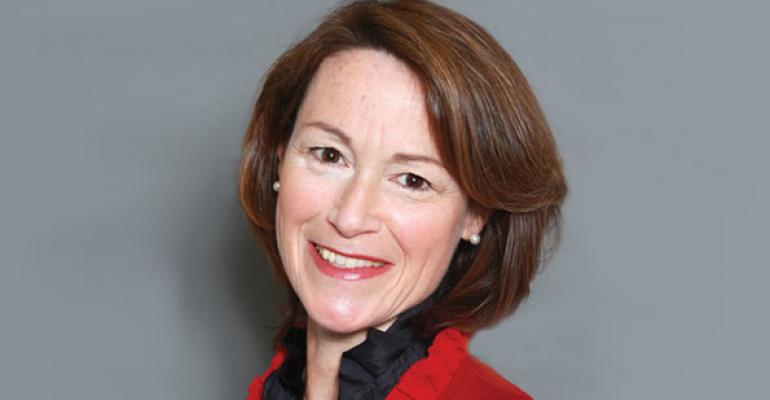
With two units open, the LYFE Kitchen concept is ready to put its foot on the accelerator, hoping to reach 250 locations within the next five years.
It’s taken some time to get to two. The first LYFE Kitchen opened in Palo Alto, Calif., in October 2011. Earlier this month, the second location opened in Los Angeles, and two more are planned for the LA area this year.
Now the growth push shifts to the franchise level. Company officials announced their first franchise agreement that will bring the brand next to Chicago. The franchisee there is Carey Cooper, founder and chief executive of supply chain management company Danaco Solutions LLC.
LYFE’s goal is to reach 10 locations within the first year, then to add about 40 the next, ramping up from there, said Michael Donahue, chief brand officer and partner in LYFE.
The premium fast-casual “lyfestyle” brand was developed by former McDonald’s executives – including Donahue -- who have pledged to re-invent the notion of fast food. LYFE is an acronym that stands for “love your food everyday,” and the menu features better-for-you dishes, all under 600 calories, with a focus on local ingredients, and options that are vegan, vegetarian, lower-in-sodium and gluten-free.
The new Los Angeles location, which is in the Westside neighborhood of Culver City, is a bit bigger than the first at 7,000-square feet. It has more private seating and conference rooms, and will serve as a LYFE University of sorts to train, said Donahue.
The menu is very similar to the original in Palo Alto with some local variation, said chef Art Smith. A grilled barramundi on the menu in Los Angeles has kim chi, for example, reflecting Southern California’s love for Korean flavors, he said.
Both locations tout use of local growers. Both have an herb wall inside the restaurants, but LA also has a hydroponic wall to grow microgreens, including arugula, red Russian kale and bok choy. Can’t get more local than that.
The restaurant’s eco-friendly design is also quite elegant. Guests order at the counter and sit, and their food is brought to the table. But the atmosphere is surprisingly upscale, representing a more premium fast-casual experience.
Food is served on china with beverages in glasses and real silverware, for example. And table service is more attentive than at most fast-casual concepts, with servers prepared to answer questions about ingredients and nutrition content.
It’s a complex operation to franchise. But, said Smith, “If it’s not a challenge, it’s not worth doing.”
The kitchen, with its high-tech combi steam/convection ovens, is one of the nicest to be found in the fast-casual world, said Smith. “It’s also one of the most expensive.”
As the chain grows, costs overall will come down, he said, and the chain may look at use of a commissary or tailoring the menu down.
But Smith said the commitment to freshly prepared food will not change. “I just feel that’s the whole reason we’re successful,” he said. “You can taste the fresh.”





